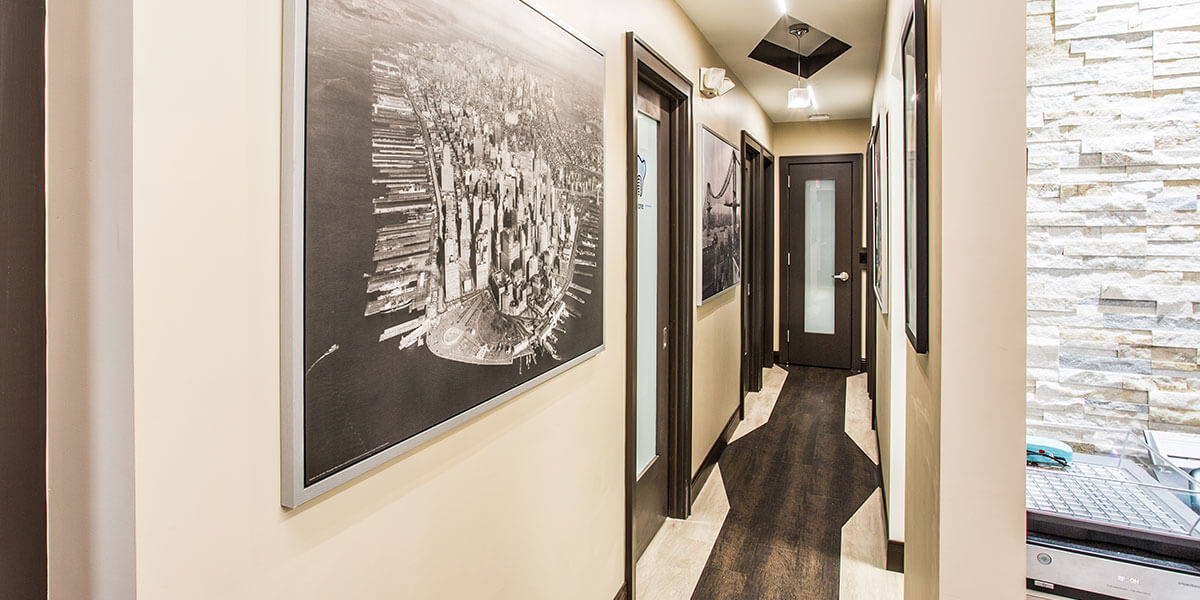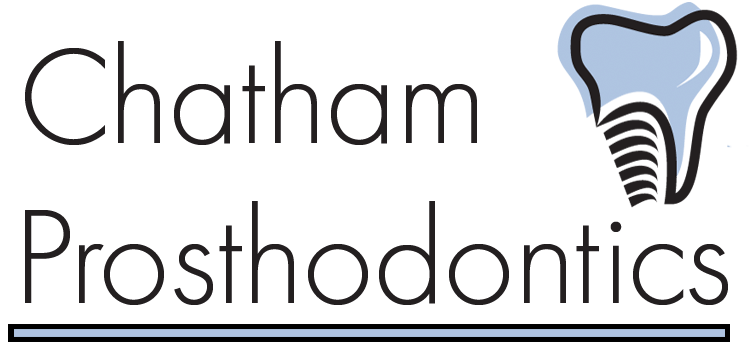SERVICES

Preventive and Diagnostic Services
A tooth that can not be saved with restorative materials may need to be removed. Before removing your tooth, the area will be numbed with anesthesia. The tooth is then loosened using a special dental instrument known as an elevator. After it is loosened from the socket, it is gently removed by forceps, a dental instrument commonly used in dental extractions. Stitches may be necessary after the removal of a tooth.
Restorative and Cosmetic Prosthodontics
Dental implant placement can also help alleviate the sunken look that can occur with bone loss in the jaw by stimulating bone growth in the area around the implant. This process is called osseointegration and can also help prevent future bone loss.
If a removable denture is selected, the denture will “snap” on to the implant rather than requiring the use of denture paste or adhesives. Removable dentures can be taken out for cleaning at night.
Fixed implant supported dentures remain in place and does not need to be removed at night. There is no plate covering the roof of the mouth, so speaking and eating are more natural and comfortable than with a traditional denture.
Specialty Services
Do you snore?
If you snore, you are likely disturbing your sleep partner, and affecting your relationship. It is also 30% likely that you have sleep-disordered breathing, also known as apnea.
Are you looking for a CPAP alternative?
Oral Appliance Therapy is often an effective alternative to CPAP for patients suffering from obstructive sleep apnea.
To find out if you are a candidate for a snoring/sleep apnea appliance, please call us for a consultation. Dr. Lavie will review your history and will discuss all available treatment options.
Depending on the degree of tooth damage, any of the following dental treatments may be used:
- Porcelain veneers
- Dental crowns
- Dental implants
- Tooth bonding
- Tooth-colored fillings
- Dental bridges
- Orthodontics
- Periodontal Treatments
- Endodontic Treatments
Full mouth reconstruction can require multiple visits to the dentist office and can possibly take as long as 12 months. But at the end of this process, your mouth work better and look and feel great!
Whitening, also known as bleaching, is the procedure used to brighten teeth. There are two different ways to achieve a desired whiter smile, In-Office Bleaching and At-Home Bleaching.
In-Office Bleaching usually requires only one office visit. A protective gel or a rubber shield is placed over the gums to protect the soft tissue. A bleaching agent containing carbamide peroxide is applied to the teeth, and a laser light is then used to enhance the action of the whitening agent .
At-Home bleaching requires an impression of the teeth to be taken to make a customized mouth guard to hold the whitening gel, containing carbide peroxide, against the teeth. Once the mouth guard is made, it is worn for a period of time, as instructed by our office. The amount of time may vary from a couple hours a day, or all night, for up to four weeks or longer, if desired.
